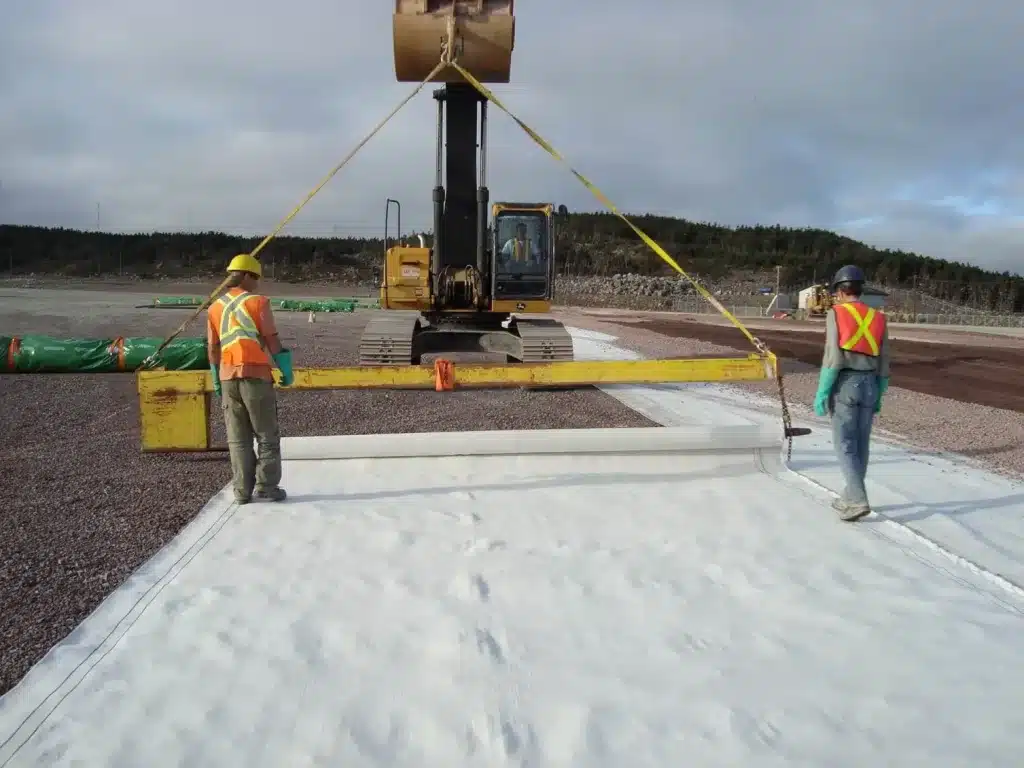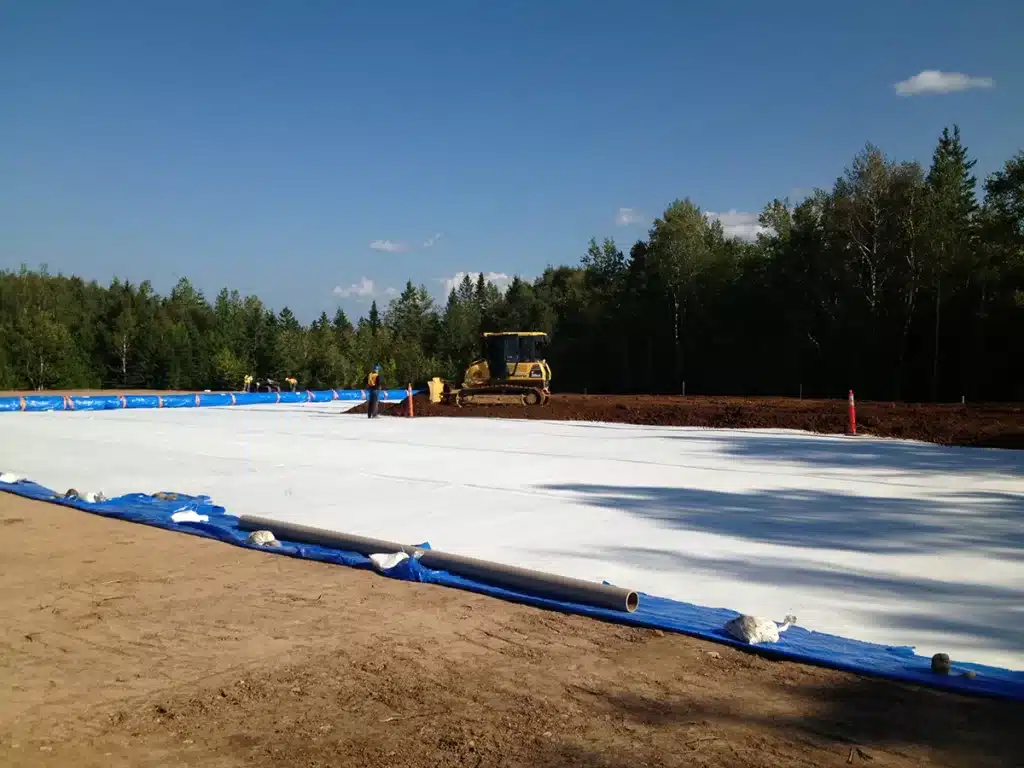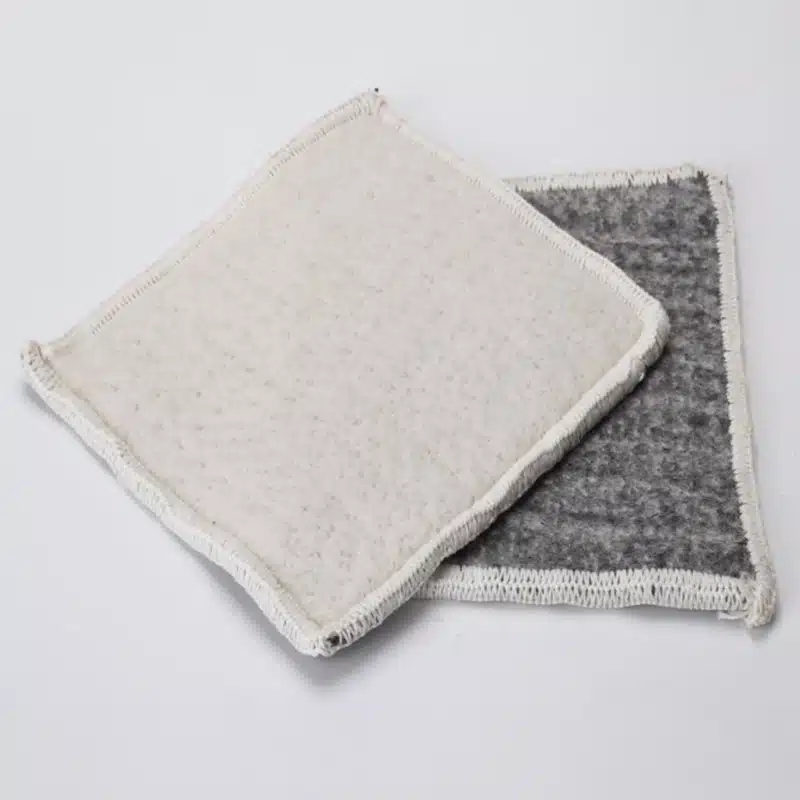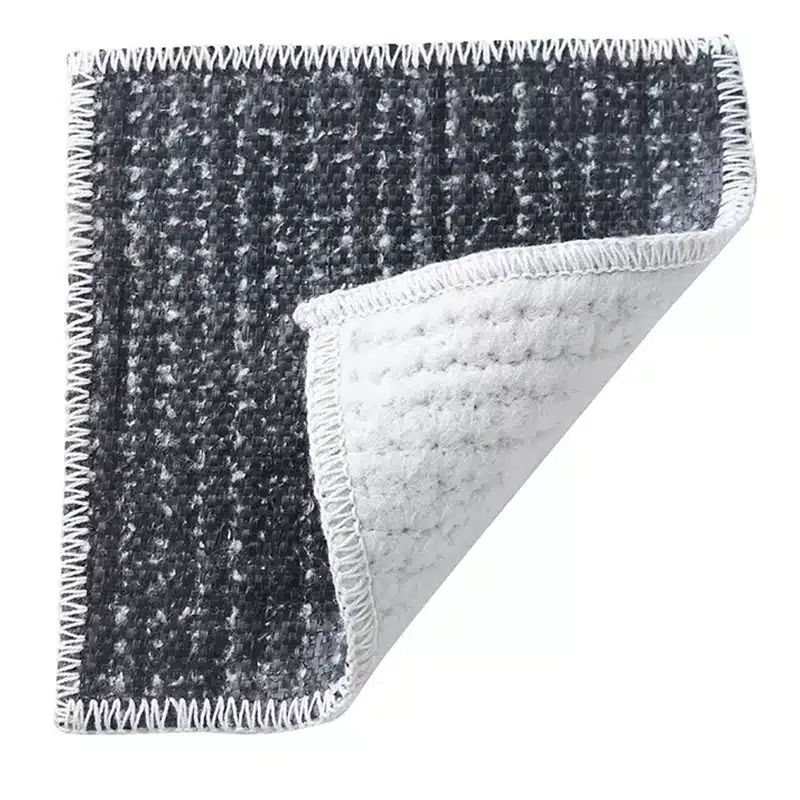+86-159 9860 6917
info@geofantex.com
geofantex@gmail.com
+86-400-8266163-44899
Maintaining the health and longevity of lakes and ponds is a vital aspect of environmental preservation and water resource management. Geosynthetic clay liners (GCLs) have emerged as a groundbreaking solution in this domain. These innovative materials offer exceptional water containment properties, erosion control, and environmental benefits.

What is Geosynthetic Clay and How Does It Work for Lakes and Ponds?
Geosynthetic Clay Liner (GCL) is a waterproofing material made by sandwiching sodium bentonite clay between geotextile layers. It works effectively for lakes and ponds by:
- Being easier and faster to install compared to traditional clay liners, saving time and labor.
- Creating a waterproof barrier that prevents water seepage through the lake or pond bed.
- Swelling on contact with water, which seals cracks and gaps to ensure tight containment.
- Self-healing small punctures, maintaining its sealing ability over time.
- Reducing water loss to keep stable water levels and protect groundwater.
What Are the Benefits of Using Geosynthetic Clay for Lakes and Ponds?
Using geosynthetic clay for lakes and ponds offers several key benefits:
- Water Containment: GCLs effectively prevent water loss due to seepage, helping to maintain water levels even in arid conditions.
- Erosion Control: GCLs mitigate soil erosion caused by wave action, heavy rain, and other environmental factors, preserving the integrity of the pond or lake’s banks.
- Environmental Friendliness: GCLs are made from natural clay and geotextiles, reducing the environmental impact and providing a sustainable solution.
- Cost-Effectiveness: Compared to traditional methods, GCL installation is relatively straightforward, leading to cost savings in labor and materials.
- Versatility: GCLs can be used in various water bodies, including decorative ponds, reservoirs, and wastewater treatment lagoons.

How is Geosynthetic Clay Installed in Lakes and Ponds?
The installation process of geosynthetic clay in lakes and ponds involves these steps:
- Surface Preparation: The pond or lake bed is cleared of debris, graded, and compacted to provide a stable foundation.
- GCL Placement: Rolls of geosynthetic clay are positioned over the prepared area, with overlaps to create a seamless barrier.
- Anchoring: The GCL is anchored to the sides of the pond or lake to prevent shifting during water filling.
- Cover Material: A layer of protective soil or gravel is added over the GCL to shield it from direct sunlight and potential damage.
- Water Filling: Once the GCL is secured, the pond or lake is filled with water, allowing the clay to expand and create a watertight seal.
How Long Does Geosynthetic Clay Last, and Is Maintenance Required?
Geosynthetic Clay Liners (GCLs) are designed for long-term performance, typically lasting 20 to 50 years or more when properly installed and protected.
- Their durability depends on factors like site conditions, installation quality, and exposure to chemicals or UV light.
- When buried and shielded from direct sunlight and mechanical damage, GCLs maintain their sealing properties effectively.
- Maintenance is minimal, but regular inspections are recommended to check for any damage or leaks, especially in exposed areas.
- In some applications, protective layers such as soil or geomembranes are added to enhance longevity and reduce the need for repairs.
In summary, GCLs offer a durable, low-maintenance solution for containment, provided they are installed correctly and protected from harsh conditions.
In conclusion, geosynthetic clay has revolutionized the way we manage lakes and ponds, providing a reliable solution for water containment, erosion control, and environmental sustainability. By utilizing this innovative material, water resource managers and environmentalists can ensure the preservation of these essential water bodies for generations to come.



Get Free Sample
We’ll respond as soon as possible(within 12 hours)





















